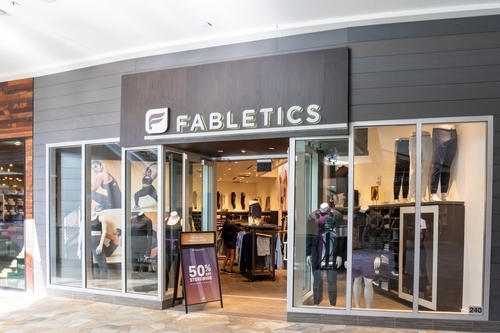(Direct Newsline)—Have you ever wondered why catalog sales are like a flea compared to behemoth retail industry sales?
“Catalogs represent only 3% to 4% of ($4.4 trillion) total retail sales. One reason is that catalogers, with few exceptions, have built businesses limited to selling items, but you sell more by building brand,” said Steve Tamke, senior VP of Mokrynskidirect.
Tamke and Christopher Skinner, president of Makebuzz Marketing, encouraged companies involved in search marketing to integrate the disciplines of direct and brand marketing, during a session they co-led called “Beyond Initial ROI: Utilizing Your Brand to Improve Your Search Marketing Results” at the DMA06 conference.
In their view direct marketers focus too much on the purchase stage of the marketing cycle, but too little on developing product awareness and generating inquiries to create customer relationships—compared to more brand conscious marketers.
Another common problem for companies in the multi-channel marketing arena is tracking itself. Catalogs generate retail traffic, online and telephone orders; so it would be mistake to assume if a Web site generates higher response to reduce catalog mailings—without knowing what’s driving sales in each distribution channel.
Direct marketers and online affiliate marketers face the future prospect of being steamrolled over by sleeping giant retailers with oodles of brand experience when they decide to embrace search marketing, according to Tamke.
“Lot’s of sleeping giants don’t yet exist online. You’ve got to ask yourself who are the sleeping giants and who are the brand challengers. After you do that, I’ll bet you look at your business differently,” he said.
Tamke advised companies to test and track different keywords and Web landing pages for each stage of the marketing cycle: awareness, inquiry and purchase.
“The traditional direct marketing industry hasn’t recognized the power of brand,” he added. “Direct marketers react to demand, while brand marketers create demand.”
Tamke reminded attendees that consumers willingly pay higher price points for brands and companies with established brands consistently achieve higher click through rates on Web sites.
 Network
Network


